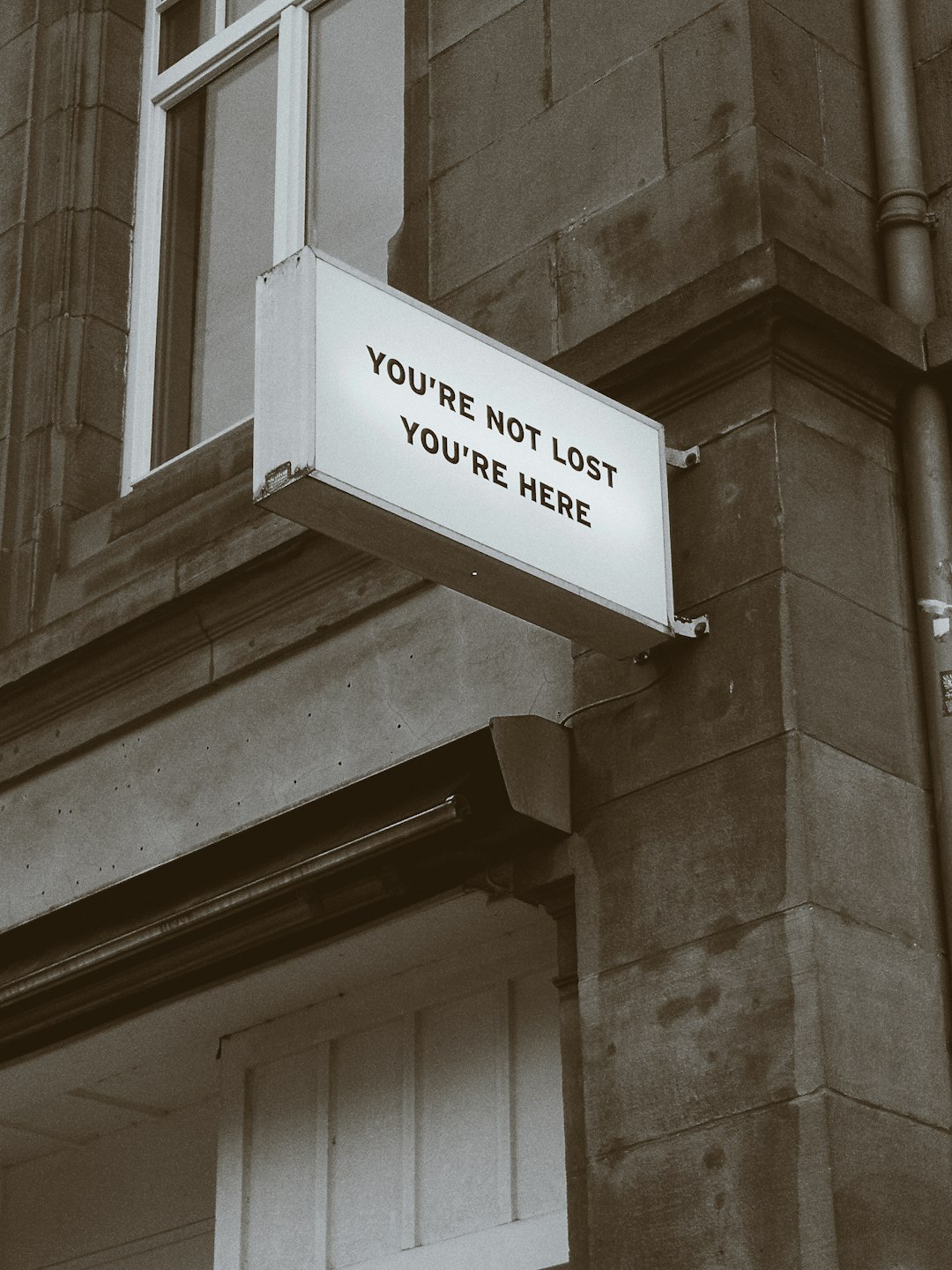How to: Dress Up Vintage Trays with Gilded Transfers

One of our all-time fave things to thrift flip is vintage serving trays. These little beauties are an essential design element across so many interior styles. Imagine chippy ivory trays with vintage labels on a modern farmhouse coffee table, bold and colorful trays brightening up a bohemian kitchen island, or lustrous gilded accents adding a layer of elegance to a Victorian space. We just love serving trays…they have a way of pulling everything together to reflect your beautiful decor style. 🤩
In this tutorial, we upcycled a vintage tray that we found at our local flea market. She wasn’t much to look at at first, faded and forgotten, but she had great bones. With a few coats of soft blush pink chalk-type paint and a little gilded goodness from our new Emporium Gilded Transfer, this tray became a charming French accent to our humble abode.
Grab your IOD goodies from your local stockist and follow along in the tutorial below! If you’re not sure where to find one, click here to use our store locator. 💛
IOD Products Needed:
Other Supplies:
- Flea Market Vintage Tray
- Gold Paint Pen
- Chalk-Type Paint
*we used a chalk-type paint in this tutorial, but there are many brands and types of paint, talk to your stockist to learn which one is right for you!
Step-by-Step Guide
STEP ONE: CLEAN AND PREP YOUR PROJECT
First things first, give your thrifted piece a good clean to remove any dust or grime. Then, tape off any areas you want to protect from paint. For this project, we wanted to keep the felt fabric on the bottom paint-free, as well as the patina on the handles.
STEP TWO: PAINT YOUR PROJECT
Time to paint your tray! Our tray took three coats of a soft, dusty rose chalk paint to fully cover the original dark stain. You might need more or less depending on your piece. Just be sure to let each coat dry completely before adding the next.


STEP THREE: SEAL YOUR PROJECT
Ours had a built-in top coat, but if yours doesn’t, it’s worth taking the time to seal your piece before moving on. A good sealer helps your transfer adhere more smoothly. Not sure what to use? Ask your local stockist, they’ll point you in the right direction!
STEP FOUR: ARRANGE YOUR COMPOSITION
Next up, place your transfer over the surface of the tray without removing the backing. Then, take the applicator stick and smooth it around the oval to guide where to cut them out. And don’t toss those extra bits! Hang onto the edges, they’re perfect for filling in any blank spots that might need a little extra love (we ended up needing a few ourselves!).


STEP FIVE: APPLY YOUR TRANSFER
Cut out your oval and peel off the backing. Now it’s time to commit! Carefully line up your transfer over the surface of your tray, smooth it into place, and start rubbing with your applicator stick until the design releases completely.
We had a few little bare spots after applying ours, so we grabbed those leftover scraps and lined them up with the existing pattern as best we could. Don’t stress if it’s not a perfect match! The goal is to achieve gilding all over the surface. Your eye won’t catch any slight imperfections, we promise. It’s going to be beautiful! 🥰


STEP SIX: SEAL YOUR PROJECT
Time to seal your tray! Since this is a functional piece, sealing is a must to help protect your design, especially if you’ll be setting things on it.
STEP SEVEN: FINAL TOUCHES
Once your surface is sealed and dry, add a little extra sparkle using a gold paint pen. Most paint pens are oil-based, so go slow and steady when tracing over delicate areas. There's no need to seal again since the oil-based finish is built to last.


If you're just kicking off your creative journey, have no fear — our Product 101 pages are packed with straightforward techniques to set you up for success. We're thrilled to accompany you as you explore and create. For more how-tos and creative inspo, make sure to browse through the rest of our blog.
Once you've crafted your final piece, share it with our Facebook Creative Tribe! This community is not just a showcase but also a supportive hub for when you hit those creative roadblocks. And remember, your local stockist is always ready to assist with IOD supplies and expert advice. We're excited to see what you'll bring to life!
popular






